|
That is so awesome... they actually let him do the critical phases of the flight. There are few things more noble in the aviation world than bringing these guys back into the cockpit. I have no idea what it's like to be 95 but I'd imagine there's growing emptiness over the years as you see your friends, spouses, etc pass away, and have this awareness there's nothing left in store in life; you're at the end. Suddenly you're reconnected with a profound memory from years ago at the helm of a C-47, and for an hour it's almost like 1944 again, and you're alive.
tags: breed of speed , dc3 , veterans day , 95 year old flies again , nathan finneman , sirdrifto , colorado , c47
Chad Barber survived an engine failure during an aerobatics routine in a Pitts Special and it’s all on video.
What Happened Chad had just completed a negative G maneuver followed by a four-point roll then a pitch up to vertical. At this point 22 seconds into the video, the engine hiccups and quits. Trading altitude (2,500′) for airspeed, Chad dives in an attempt to aerodynamically re-start the engine. The blades turn a few times, but doesn’t restart the engine. Twenty-one seconds after the engine quit, Chad is at 1,000’ and turning toward a gravel road. While setting himself up to land, he then uses the electric starter, which finally starts the engine. Why It Happened Like many aerobatic planes, the Pitts has an inverted fuel system. Chad’s Pitts has a 19 gallon fuel tank that feeds fuel into a flexible hose with a weight on the end called a flop tube. Gravity being a constant, both the fuel in the tank and the flop tube will always seek the “bottom” of the tank.
tags: breed of speed , pilot crash , pits engine stops , airplane almost crash , nathan finneman , sirdrifto ,
If you love helicopters, then youll love this video. It shows some great scenes of the Vietnam war helicopters working hard in the jungle. Some gun camera scenes, etc. Just shows how much of an important roll the helicopter played in the war effort.
tags: breed of speed , helicopter, bell h1 , vietnam helicopter , attack helicopter , pilot , sirdrifto , nathan finneman
Just the take off and in itself is insane.. just watch the video. The Cresco, (Latin for "I grow"), combines a short take off and landing performance with a large load carrying capability. During development, feedback from operators of the Fletcher aircraft regarding areas in which the Fletcher was lacking was taken into account, however the strength of the original design was retained. Without compromising the ruggedness, and with a strong focus on ensuring that there was no additional weight in the aircraft, the Cresco emerged as a well loved aircraft optimised for operations off semi-prepared farm strips in hill country.
With its tricycle landing gear and rear mounted hopper the Cresco is unique in agricultural aircraft and, through this configuration, allows for safe operations off these sloping hill strips. The Cresco has the advantage of forward visibility and wind gust capabilities lacking in tail dragger aircraft with forward mounted hoppers. In other roles it is able to take a pilot and allows seating for up to seven passengers or twelve skydivers, and can get to 14,000 ft (4,267m) in 12 minutes.
tags: breed of speed , nathan finneman , crop dusting insane , insane landing , amazing crop dusting
We love anything that flies, but helicopters are a beautiful thing to watch in action. Watch this wonderful video of them doing what they do best, flying!
tags: breed of speed , helicopter , flying , sir drifto , nathan finneman , awesome , aviation
High in the Comanche Peaks Wilderness, the Flowers Trail cuts a stunning path through still-thawing meadows painted with colorful blooms.
But along with the beauty comes a tragic back story. On June 13, 1944, an Army Air Forces B-17 flying a training mission out of Rapid City, S.D., went off course and slammed into a snow-covered mountainside a quarter mile from the Flowers Trail, killing four of 10 on board. Seventy years later, the wreckage remains – a haunting display of crumpled metal, rusting engine blocks and severed wing tips strewn over a remote talus field 30 miles west of Fort Collins. Known as the Crown Point B-17 crash site, it’s become a pilgrimage spot, sought out by World War II buffs, aviation enthusiasts and hikers seeking a sense of adventure and a visceral tie to history. Although it’s among the better known World War II-era crashes in the state, it’s not the only such debris field tucked away in Colorado’s high country. Between 1941 and 1944, the military investigated nearly 130 fatal training crashes, in which 410 people were killed, according to Larry Carpenter of Estes Park, a retiree who maintains ColoradoAirCrashes.com, a database that maps World War II-era training crashes. Most of the other crash sites were near Army air stations at lower elevations and, because the wrecks were accessible by vehicle, military recovery teams cleaned up every trace, Carpenter said. But when planes went down in the rugged Rocky Mountains, there was little to be done except detonate the downed aircraft with explosives – leaving debris fields to be discovered by the dogged.
Today, other World War II crash sites can be found near Glenwood Springs, in the foothills west of Monument and Palmer Lake, and around Westcliffe, among other locations, Carpenter said.
Among frequently visited ruins are those of a different B-17 bomber that crashed only 6 miles from the Crown Point crash, killing eight. That site – known as the Pingree Park B-17 crash site, from Oct. 18, 1943 – likewise can be reached from a trail network, making the Comanche Peaks Wilderness a destination for wreck chasers.
VISITORS LEAVE TRIBUTES
Jennifer Stanger of Littleton heard about the Crown Point bomber a year ago when a friend sent her a link on Facebook, and it quickly seized her imagination, leading to a recent visit. After an overnight stop earlier this month at Browns Lake, a scenic refuge a few miles from the bomber site, she and her boyfriend hiked Flowers Trail to a place marked by fellow hikers with an arrow made of stones. There began a broken path leading to what Stanger called a “museum of destruction.” “You look at the ground that is still charred with black ash and you think: People survived this,” she said. “People walked away from this.” Equally striking were the tributes left by visitors, Stanger said: American flags and military patches that ratcheted up emotions on the visit. “I thought that was really sweet – that people have hiked out there to pay their respects,” she said. That anyone survived the Crown Point crash is part of what makes it unique. According to newspaper accounts and ColoradoAirCrashes.com, the olive drab Boeing B17F Flying Fortress was returning to Rapid City during nighttime training when a navigational error sent the plane some 70 miles off course. After a crewman spotted something nearby in the darkness, the pilot switched on the landing lights only to see “the forest-covered mountainside just ahead,” according to Carpenter’s website. The pilot immediately pulled up, applying full power, but as the plane’s nose edged upward, its belly slammed into the mountain. The crash happened about midnight. Both pilots and the navigator were killed instantly, but the emergency maneuver spared the lives of six of the remaining seven crewmen. At daybreak, two of the least-injured survivors set off for help, hiking for 14 hours through snow and dense forest before reaching fishermen who drove them an hour to the nearest phone, at a Fort Collins bar called Ted’s Place. One of them, Cpl. LeRoy Faigin, later told the Helena Independent-Record that he phoned the air station in Rapid City for help and also called his wife, who had been told that her husband was presumed dead in the crash. “When Bernice Faigin heard her husband’s voice, she nearly dropped the phone,” the newspaper reported. The next day, Lt. Amos Little, an airborne-qualified doctor, made history when he parachuted from a circling UC-54 to deliver medical treatment to the injured men. The daring jump was recognized as the highest-altitude landing of its day, according to a July 10, 1944, Time magazine article, and it’s remembered as a precursor to modern search-and-rescue efforts. “When the main rescue party arrived by land, nearly four hours later, the patients had been fed, bandaged and drugged to ease their pain,” the magazine reported. Colorado offered tactical advantages for training because its landscape – the collision of the plains with the mountains – mirrored flying conditions in Europe and parts of the Pacific, said Troy Turner, a journalist who published a book on the period called “Colorado’s Lost Squadron.” “The problem was, you had nothing like the navigational instrumentation that you have now,” Turner said. Bad weather, navigational challenges and the inexperience of young crewmen all factored into the training deaths, he said. SOME SITES LOOTEDTracking down the crash sites has become a kind of “scavenger hunt,” Turner said. “Some of them do it for the love of history. Some of them do it for the love of the outdoors. A lot of them do it for the combined adventure that’s involved with it, and the reward involved in learning that type of history.” He added: “You put all that together, and it’s very appealing to a large community, and not just in Colorado.” The Brown Lake Trail offers sweeping views of the Comanche Peaks Wilderness on the way to the wreckage of the B-17.In past decades, finding the wrecks involved historical research and a degree of luck, but that side of the challenge diminished with the advent of the Internet, where any number of trip reports can be found, some offering detailed instructions, Carpenter said. Though it’s illegal to pillage the crash sites, some have been picked through and looted, he said. Carpenter began his research after a 1990 visit to Crown Point. He later tracked down Faigin for more information, and the two became friends until Faigin’s death last year, he said. Among those who sought out Carpenter for details on crash site locations were descendants of crash victims, Carpenter said. Before the advent of GPS, they, too, dived headlong into newspaper archives and military crash reports, hoping to find the spot where they lost loved ones. “Many of them died without ever being able to find these sites,” Carpenter said. Today, those new to the history come to him brimming with the same questions that Carpenter began asking after his first visit. They experience the same shock, too, he said. “They can’t believe it. They ask, ‘We lost how many?’”
The P-38 Lightning by Lockheed might be one of the most impressive aircrafts in the world of aviation. With its unconventional twin tail, it was commonly used during the Pacific War. The twin Allison engines with 1,600 horsepower make the P-38 the perfect warbird for long distances due to its ability to fly higher and faster than other fighters built around the same time. Between 1941 and 1945 more than 10,000 aircraft were produced. Today, the P-38 is a very rare model and appears to be priceless. It comes as no surprise that no efforts and costs were spared to save and restore those treasures.
tags: breed of speed , nathan finneman , p38 , lockheed p-38 lightning , aviation , airplane , redbull , colorado
Probably some of the best engine noises and sense of speed a spectator could experience. The glorious Reno air races unlimited class. 3000HP machines take to the sky to put down the fastest lap times. Enjoy the view, and turn up the volume. - Breed of Speed
tags: breed of speed , reno air races , nathan finneman , air race , unlimted class air race
We dont know if this guy is skilled or an idiot, but regardless we had no idea what we believe is a Pitts S2, could do such a manuever.
|
///Categories
All
Archives
January 2024
|
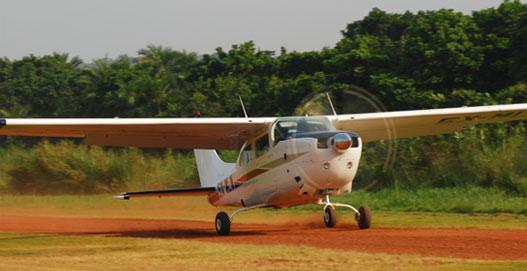
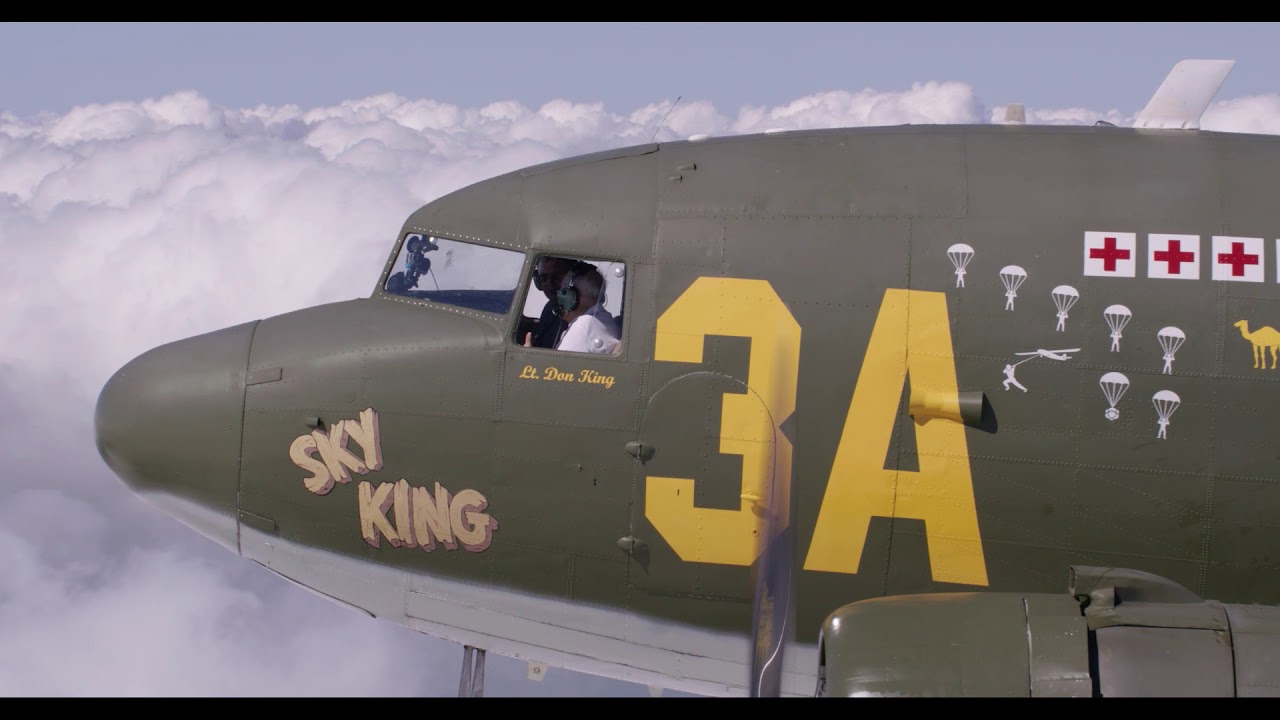
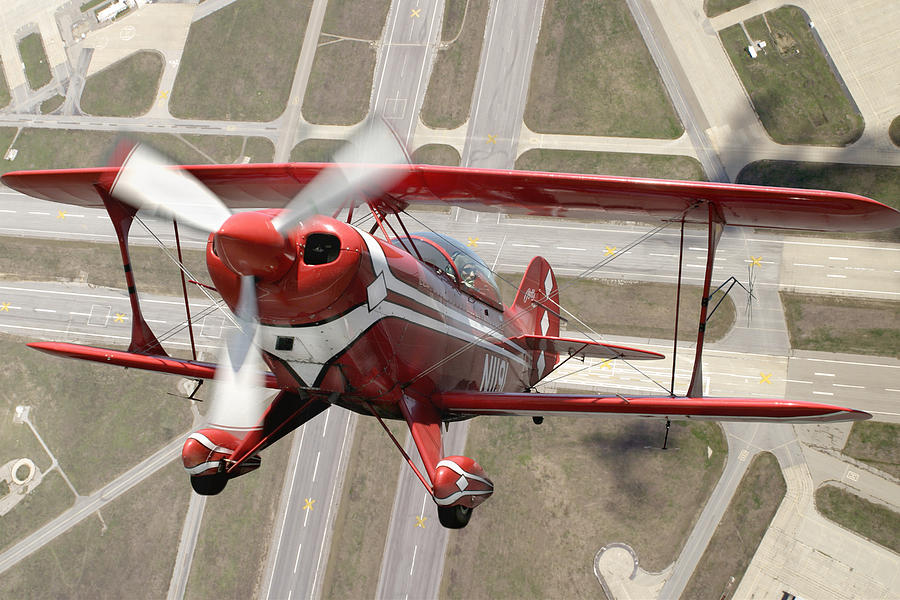
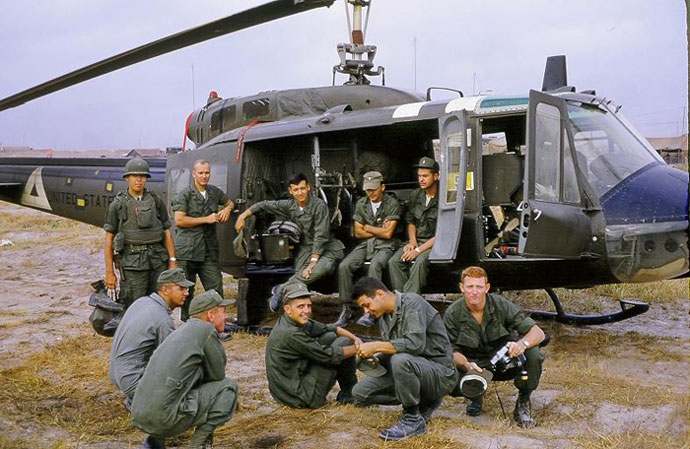
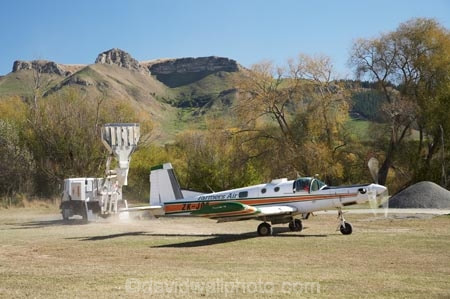
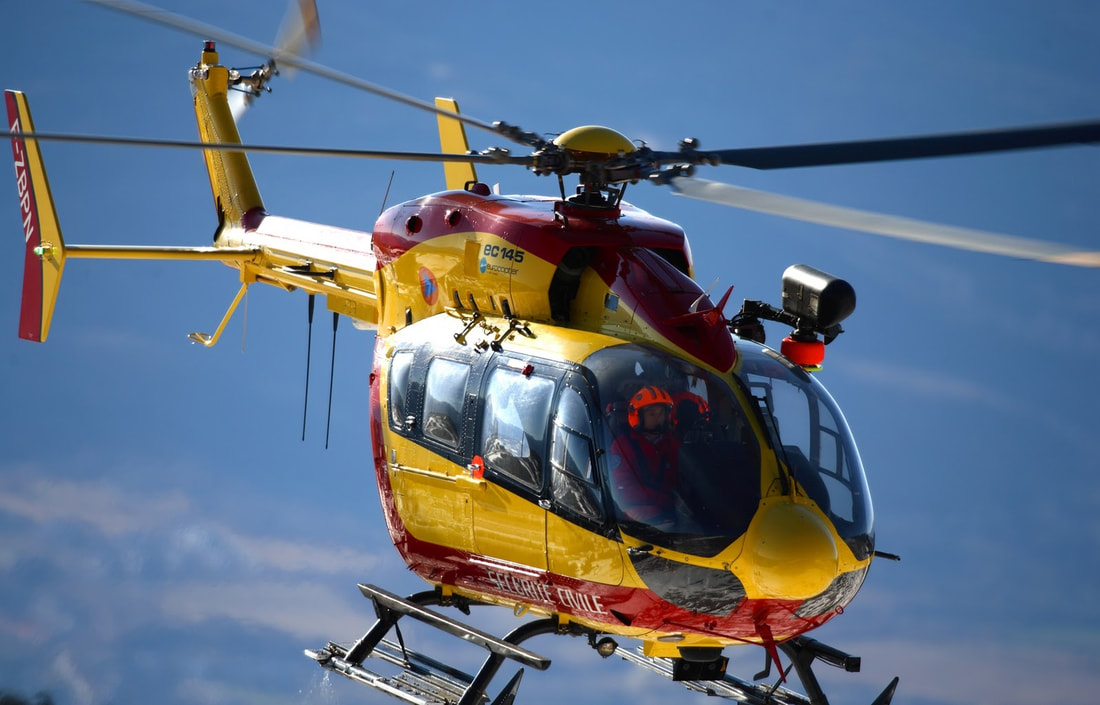
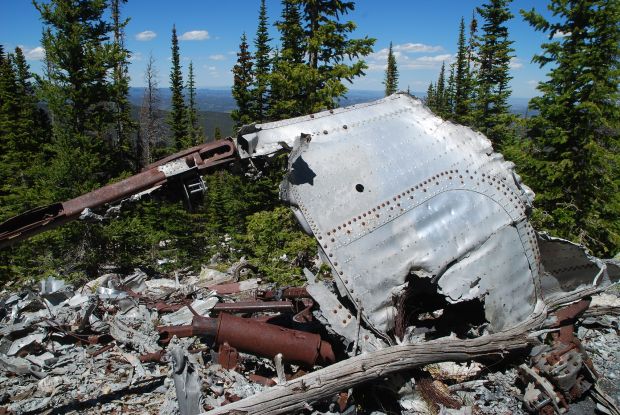

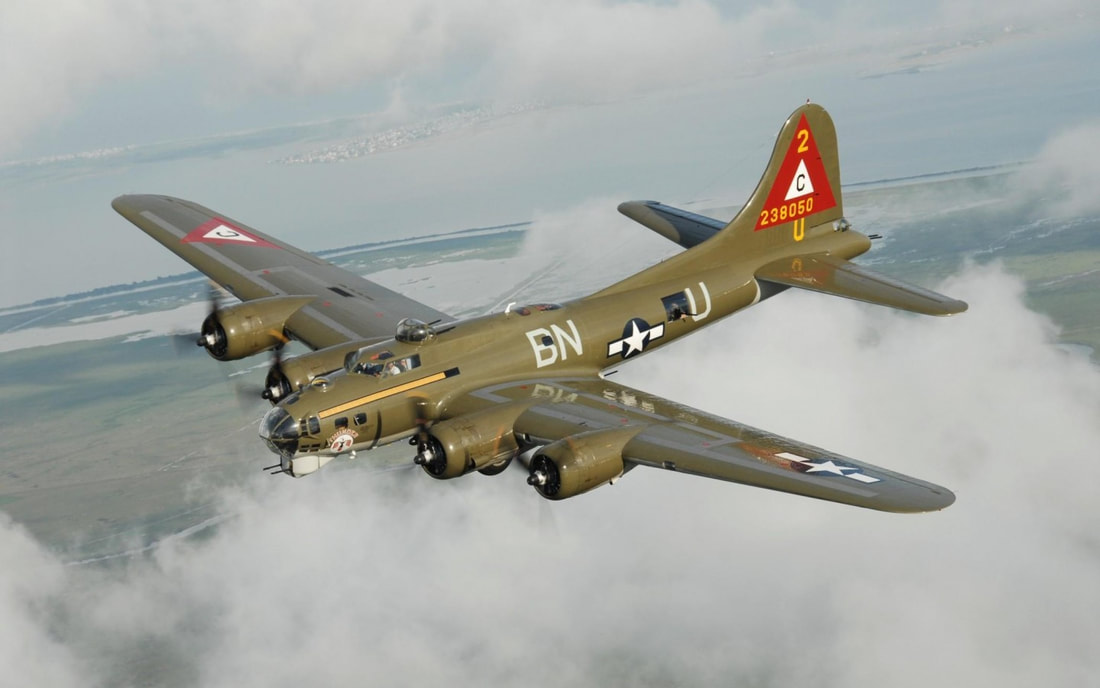

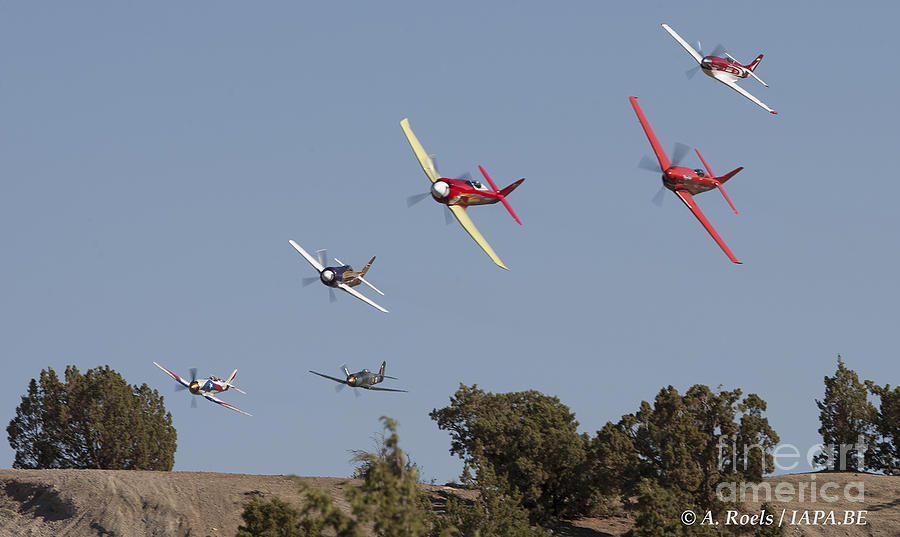

 RSS Feed
RSS Feed